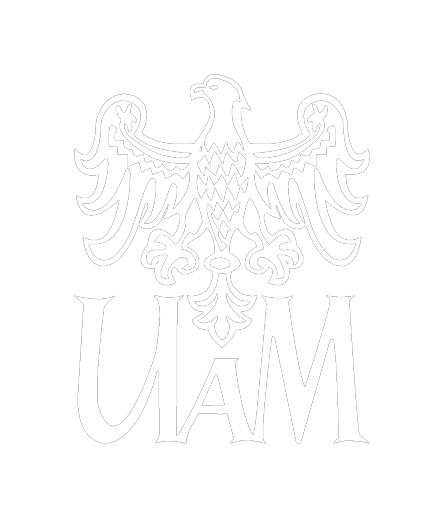Biodiversity as the source of heterospecific social information: the effect on territory selection, song complexity and vocal mimicry in the Marsh Warbler
Funding: National Science Centre, Poland (NCN 2019/33/N/NZ8/02840)
Co-investigators: Piotr Skórka
Description: For individual organisms, biodiversity defines local species assemblages, influencing the availability of ecological niches, reproductive opportunities, and the intensity of interspecies interactions. Consequently, biodiversity is expected to affect the distribution of individuals, particularly those that select territories based on social information—signals derived from the behaviours of other individuals and species.
Social information can be conveyed through vocalisations. Many vertebrates exhibit a phenomenon known as ‘vocal mimicry’, where males learn and incorporate elements of other species’ songs into their own repertoires. The complexity of a bird’s song can serve as an honest indicator of its condition and is considered highly attractive to females; a richer repertoire may enhance a male’s reproductive success. This project aims to understand how avian biodiversity, which determines the availability of diverse song patterns, influences the occurrence, abundance, and song structure of the mimicking species, the Marsh Warbler (Acrocephalus palustris). The following hypotheses were tested:
- H1: Birds employing vocal mimicry select territories and achieve higher densities in areas with greater biodiversity.
- H2: Individuals occupying territories with high avian biodiversity produce more complex songs.
- H3: Mimicking birds inhabiting more biodiverse habitats include more imitations in their songs.
The study was conducted in the agricultural landscape of western Poland between 2020 and 2022. During this period, the presence of male Marsh Warblers was recorded, their songs were recorded, and other bird species were counted. In 2021, a large-scale experiment was conducted, involving the playback of songs from five different bird species via loudspeakers in selected areas to enhance biodiversity and enrich the acoustic landscape. The research continued the following year to assess the carry-over effect—the continuation of patterns resulting from the experiment.
In the first year of the study (prior to the experiment), a significant positive relationship was found between the abundance of Marsh Warblers and the number of other bird species. A year after the experiment, species richness also had a positive impact on changes in Marsh Warbler abundance. Their abundance was also significantly negatively associated with the length of tree and shrub rows, indicating a preference for more open landscapes. Immediately following the experiment in 2021, differences in changes in Marsh Warbler abundance between areas with social information playback and control areas were not significant. However, a year later, a significant difference was observed: areas where social information was played experienced an increase in Marsh Warbler numbers compared to control areas (relative to the baseline year before manipulation). To the best of my knowledge, this is the first experimental study testing the impact of biodiversity on territory selection in bird species exhibiting vocal mimicry. This research expands the definition of habitat selection by incorporating decisions based on heterospecific social information alongside abiotic environmental factors. The project’s findings also indicate that the effects of changes in key habitat selection traits may become evident over a longer time frame, influencing subsequent individual decisions.

